Reagan Pearce is a PhD candidate working with Dr. Michael Chadwick. Read about her project titled: “Bringing back the burbot via hydrological rewilding”, whose research is being conducted in conjunction with King’s JTB lab.
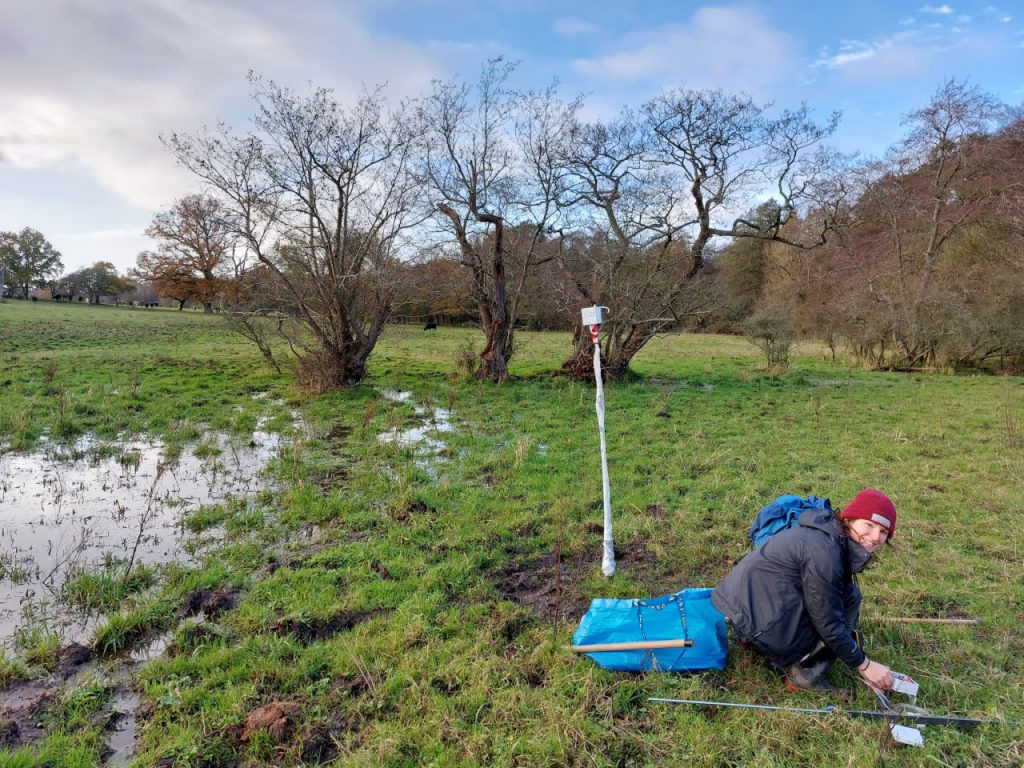
As part of my PhD project, titled “Bringing back the burbot via hydrological rewilding”, I am undertaking an in-depth study of the River Wissey in Norfolk, UK, working in partnership with UCL and the Norfolk Rivers Trust.
The burbot (Lota lota) is an extinct fish from the UK, lost in the 1970s. My project aims to reintroduce the burbot into the UK through the River Wissey. However, it has to be assessed in detail to determine its suitability before beginning the reintroduction process. In this way, I’m studying the chemistry, hydrology, ecology, and the variations observed throughout the seasons from year to year.
Over summer 2021, I spent time conducting a custom river habitat walkover survey to understand the characteristics of the river and how the meso- and microhabitats are distributed throughout the stud area.
I then moved my focus to water chemistry and hydrology. We currently have 23 water temperature sensors (Figure 1.1 & 1.2 below) deployed throughout the study area to capture diurnal and seasonal changes in water temperature. They allow us to determine whether or not winter temperatures are low enough for spawning.
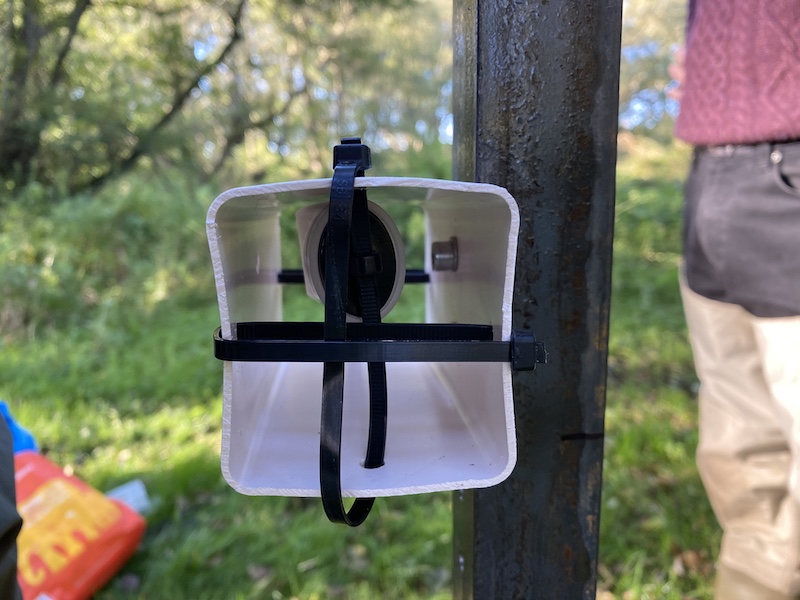
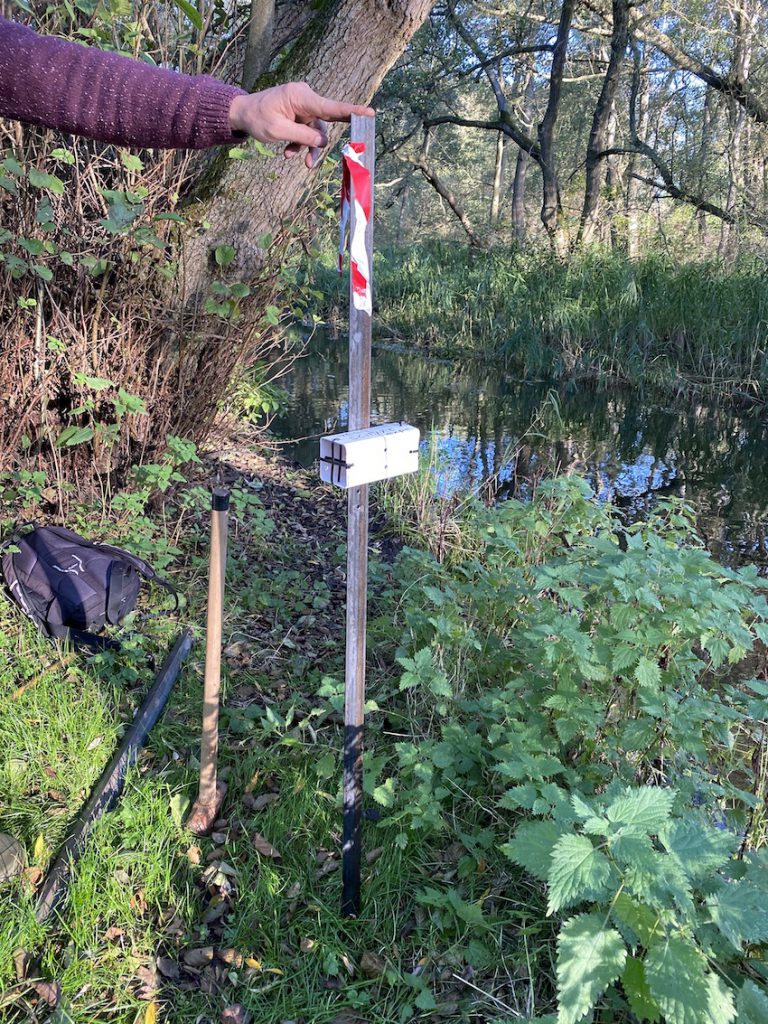
In November 2021, with the help of Bruce Main in the JBT Lab at King’s, we made and installed eight water level sensors (Figures 2.1 and 2.2 below) using Arduino microcontrollers. These water level sensors are now deployed in 4 transects composed of 2 sensors: one in the main river channel and one on the lowest point of the floodplain. They also contain a temperature sensor that will help us monitor floodplain temperature.
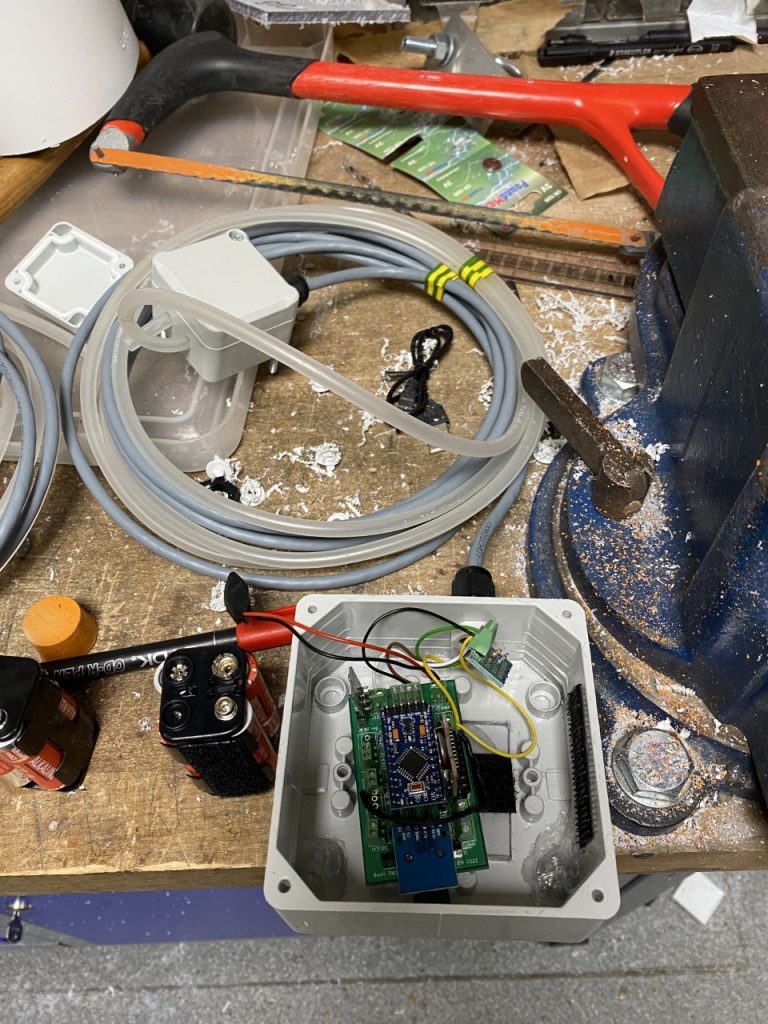
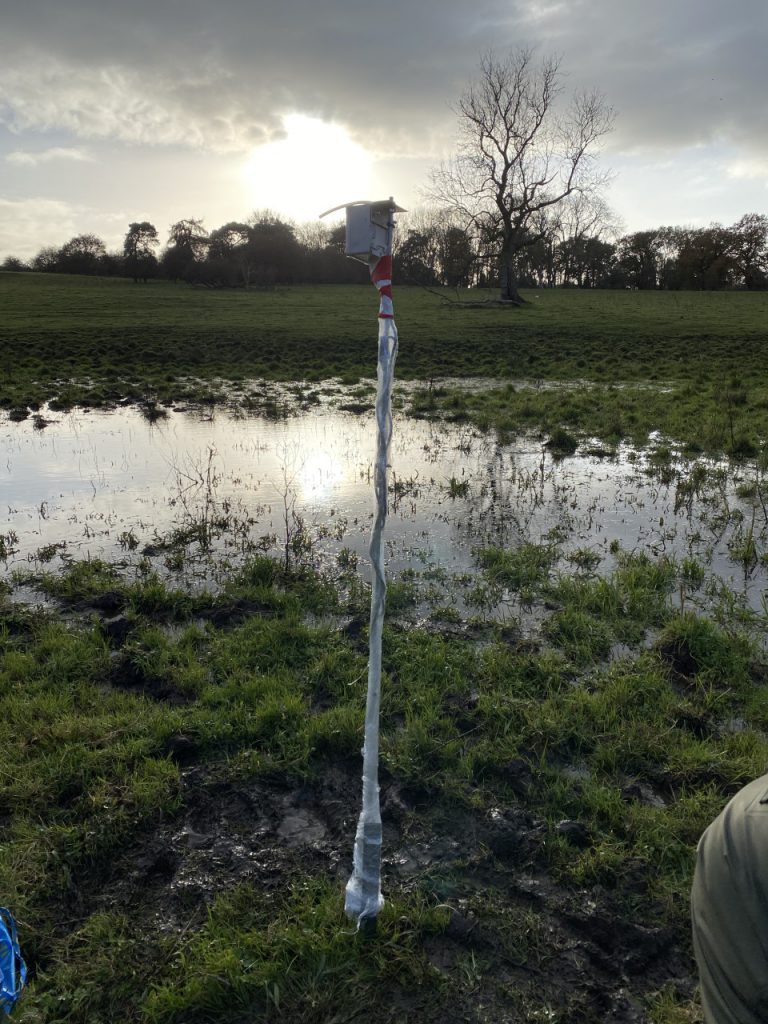
Once the data is obtained after this winter, elevation information obtained from LIDAR data will help us determine where the water has been on the floodplain. In combination with hydrological modeling, we would then determine whether there is sufficient spawning habitat for the burbot. This is because burbot spawn on inundated floodplains and other shallow water areas.
In early 2022, we plan on installing four water quality sensors (Figures 3.1 and 3.2 below) – measuring dissolved oxygen, conductivity, turbidity, water level, and temperature. These will also be constructed by Bruce Main using Arduino and low-cost environmental sensors. Water quality, especially temperature, must be closely monitored to see if these parameters are within the bounds of survivability for the burbot.
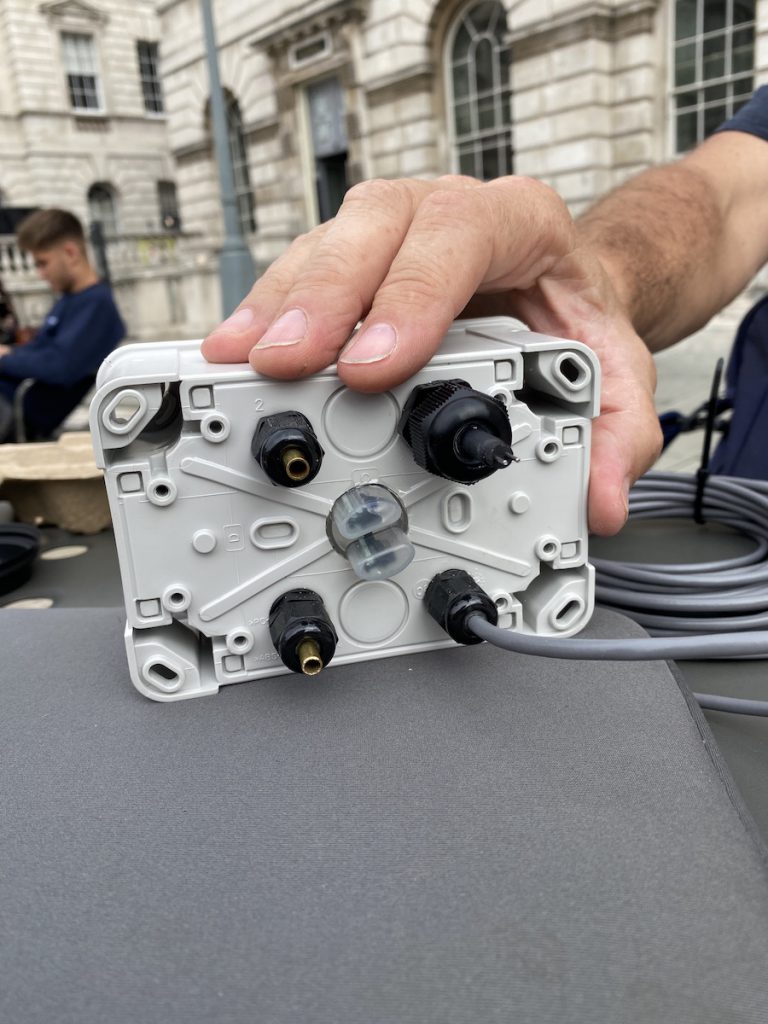
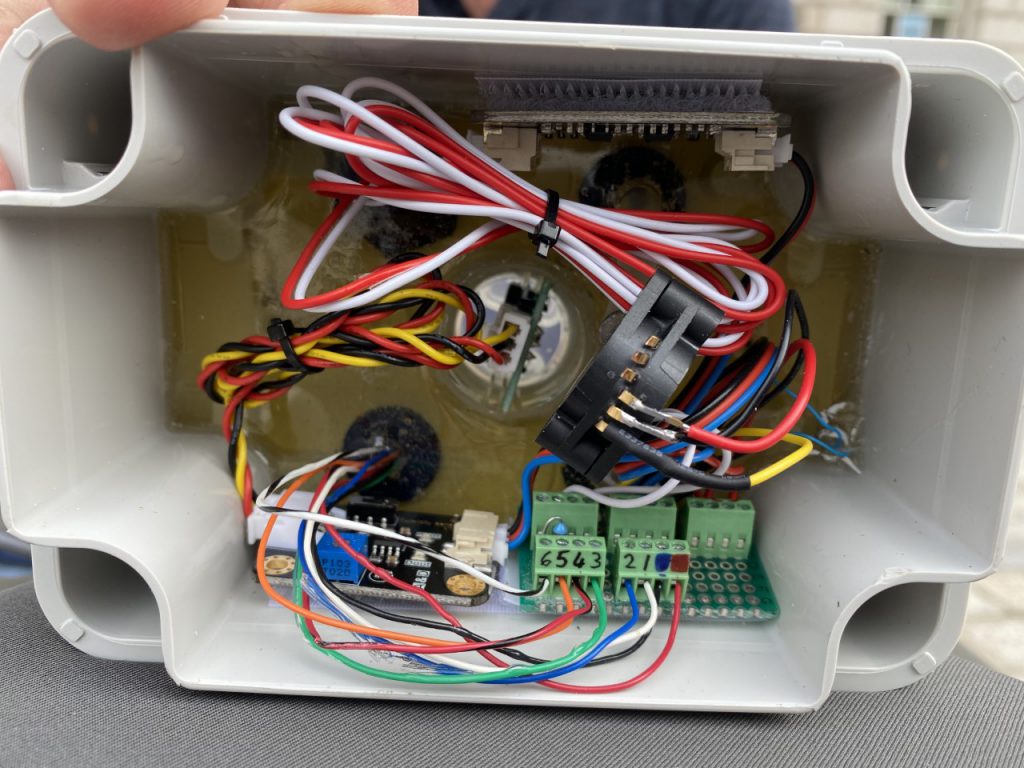
Want to see more from Reagan? Follow her personal Twitter @Reagan_EnvSci and King’s Water @KingsWaterKCL for more updates on her work within the hub!